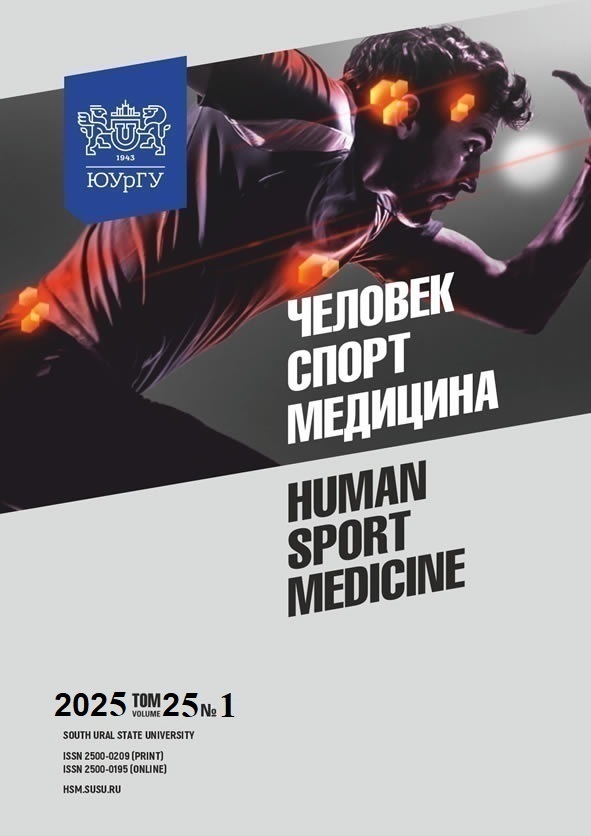METHODOLOGY FOR ENHANCING PHYSICAL PERFORMANCE IN SAMBO ATHLETES AGED 12–14 THROUGH WEIGHTLIFTING TECHNIQUES
Abstract
Aim: this study aimed to develop a methodology for enhancing strength and speed-strength performance in sambo athletes aged 12–14 by integrating weightlifting techniques. Materials and methods. This study involved 48 male sambo athletes aged 12–14. A mixed-method approach was used, including surveys to assess motivation for weightlifting, anthropometric measurements (body length, body weight, and circumferential measurements), assessment of vital lung capacity (VLC), handgrip and standing dynamometry (to evaluate finger flexor and spinal extensor strength), and physical fitness testing (to evaluate strength, body control, explosive power, and stability). The data collected were processed using mathematical and statistical methods. Results. The integration of weightlifting exercises significantly improved balance function in sambo athletes by enhancing the rigidity of the kinetic chain. Force platform measurements demonstrated significant improvements in balance function, including reduced variance in frontal and sagittal planes, improvements in mean CoP velocity, velocity index, and movement assessment. Conclusions. The proposed methodology recommends incorporating one 2-hour weightlifting session per week during the preparatory and pre-competition phases. Training should include competitive (classical), preparatory, and special exercises, with 74.5–79.77% of the load performed at 65–95% of the maximum weight capacity. The total training volume per session should range between 1.5 and 2.5 tons. As the training cycle progresses from one phase to another, the volume of weightlifting exercises decreases, while the proportion of special exercises increases relative to classical ones.
References
References on translit















